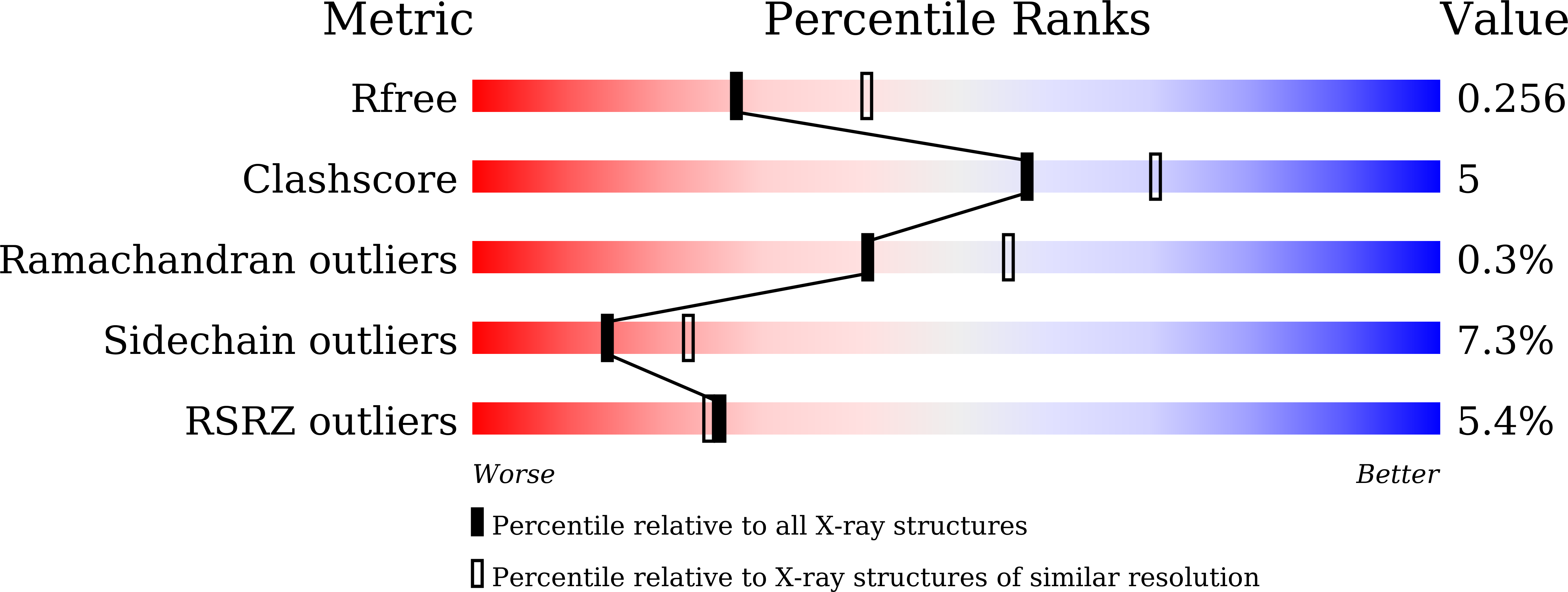
Deposition Date
2018-09-08
Release Date
2019-02-06
Last Version Date
2024-10-23
Entry Detail
PDB ID:
6ID4
Keywords:
Title:
Defining the structural basis for human alloantibody binding to human leukocyte antigen allele HLA-A*11:01
Biological Source:
Source Organism:
Homo sapiens (Taxon ID: 9606)
Human immunodeficiency virus 1 (Taxon ID: 11676)
Human immunodeficiency virus 1 (Taxon ID: 11676)
Host Organism:
Method Details:
Experimental Method:
Resolution:
2.40 Å
R-Value Free:
0.24
R-Value Work:
0.19
R-Value Observed:
0.19
Space Group:
C 1 2 1


